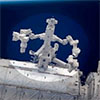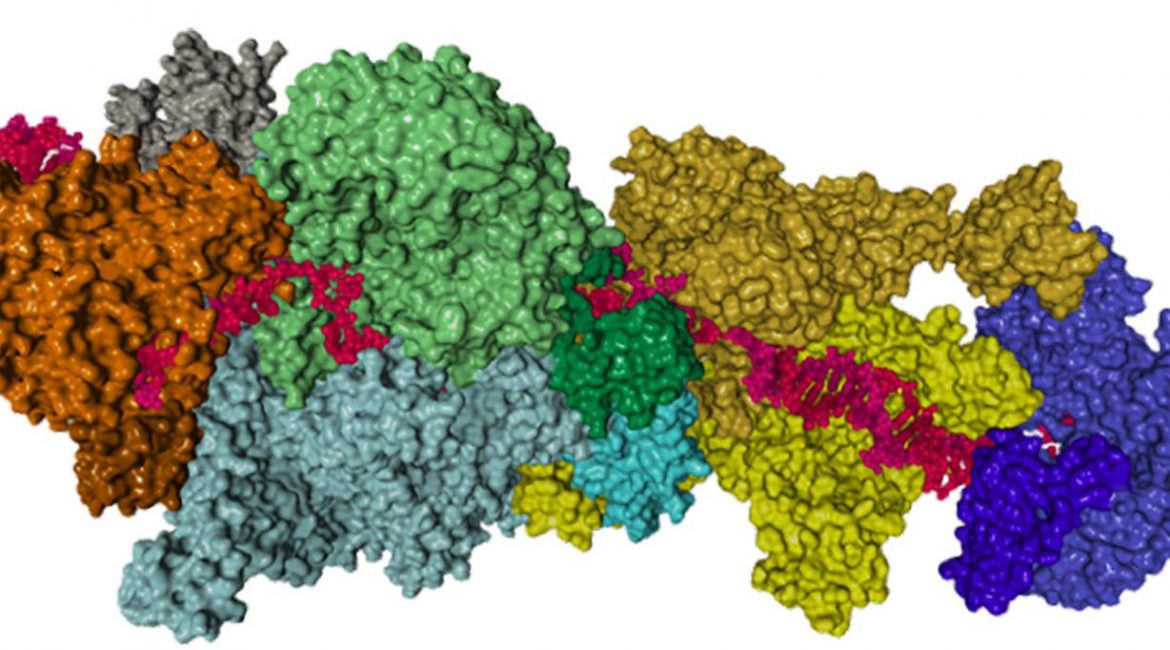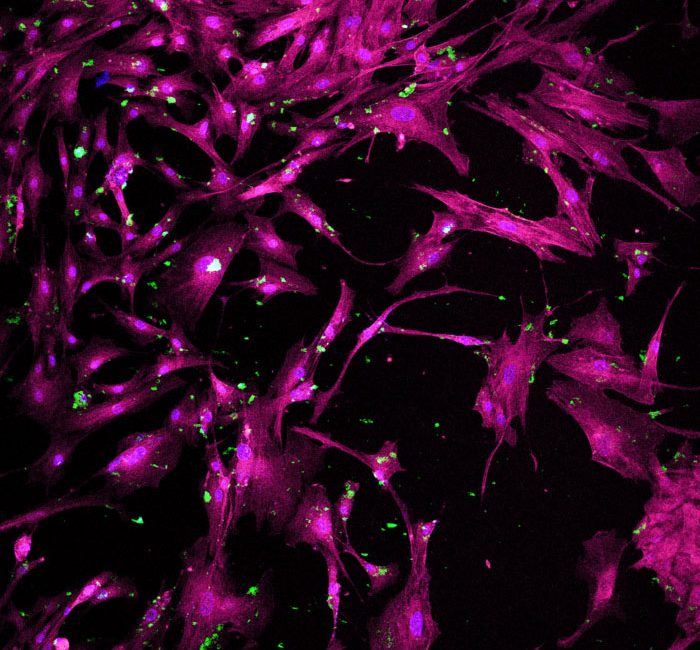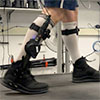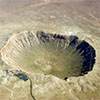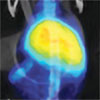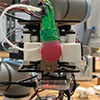Mar 30, 2022 (Nanowerk News) It is an inevitable choice for the development of space automation technology to use space intelligent robots to realize space exploration and space resource utilization. China started with the successful launch of the Tianhe Core Module in 2021, and intends to build a large-scale, long-term...
Hubble spots farthest star ever seen
Mar 30, 2022 (Nanowerk News) NASA's Hubble Space Telescope has established an extraordinary new benchmark: detecting the light of a star that existed within the first billion years after the universe's birth in the big bang—the farthest individual star ever seen to date. The find is a huge leap further...
Researchers discover new model for ‘global’ DNA repair
Mar 30, 2022 (Nanowerk News) Two studies provide a radically new picture of how bacterial cells continually repair damaged sections (lesions) in their DNA. Led by researchers from NYU Grossman School of Medicine, the work revolves around the delicacy of DNA molecules, which are vulnerable to damage by reactive byproducts...
Engineering researchers develop porous nanoparticles for regenerative medicine
Mar 30, 2022 (Nanowerk News) Stem cells can develop into many different types of cells in the body. For instance, when a person is injured, stem cells come to the site of the injury and aid in healing damaged tissues. New nanotechnology developed by a team of researchers from Texas...
Exoskeletons with personalize-your-own settings
Mar 30, 2022 (Nanowerk News) To transform human mobility, exoskeletons need to interact seamlessly with their user, providing the right level of assistance at the right time to cooperate with our muscles as we move. To help achieve this, University of Michigan researchers gave users direct control to customize the...
Studying impact craters to uncover the secrets of the solar system
Mar 30, 2022 (Nanowerk News) While for humans the constants might be death and taxes, for planets the constants are gravity and collisions. Brandon Johnson studies the latter, using information about impacts to understand the history and the composition of planets, moons, asteroids and meteorites throughout the solar system. “Impact...
Artificial spider silk with a toughness equal to dragline silks can now be spun
Mar 30, 2022 (Nanowerk News) Using spiders to produce spider silk on an industrial scale is impossible, but it is possible to use bacteria for production of shorter versions of spider silk proteins that can be isolated and spun into fibres. A team led by researchers at SLU and KI...
How to ‘detox’ potentially offensive language from an AI
Mar 30, 2022 (Nanowerk News) Researchers from the Artificial Intelligence and Machine Learning Lab at the Technical University of Darmstadt demonstrate that artificial intelligence language systems also learn human concepts of "good" and "bad". The results have now been published in the journal Nature Machine Intelligence ("Large Pre-trained Language Models...
Inorganic nanozymes acting as therapeutic and contrast agents
Mar 30, 2022 (Nanowerk News) The CIC biomaGUNE Molecular and Functional Biomarkers group has developed a rapid, cost-effective, synthetic, microwave method for producing ultra-small manganese ferrite nanoparticles that act as advanced, multimodal contrast agents in magnetic resonance imaging (MRI) and positron emission tomography (PET); they also have intracellular catalytic activity...
Silicone raspberry used to train harvesting robots (w/video)
Mar 30, 2022 (Nanowerk News) Raspberries are the ultimate summer fruit. Famous for their eye-catching scarlet color and distinctive structure, they consist of dozens of fleshy drupelets with a sweet yet slightly acidic pulp. But this delicate structure is also their primary weakness, as it leaves them vulnerable to even...

